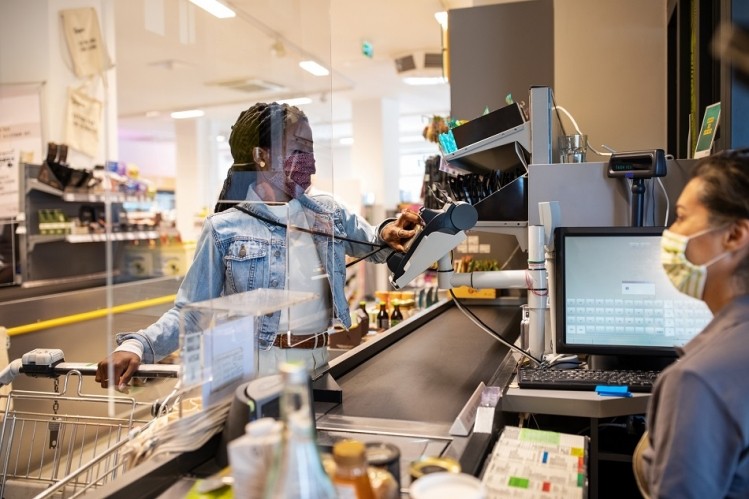Consumers feel the squeeze of inflation, over half have changed their purchasing behaviors

Inflation of all consumer goods increased 5.4% in June 2021 vs. the prior year (the highest level since the 2008 financial crisis), according to consumer price index data from the US Department of Labor.
For food items specifically, prices were +2.4% higher in June 2021 compared to June 2020.
In recent quarterly earnings calls, major food manufacturers including Coca-Cola, PepsiCo, Conagra, and Unilever have already reported introducing price increases across their portfolios to offset rising inflation and plan to continue to do so throughout the rest of the year.
Speaking during the company’s Q2 2021 earnings call last week, Unilever CFO Graeme Pitkethly said, "We are stepping up pricing in response to rising commodity inflation. Price growth in the month of June was 2.2%. We expect this acceleration to continue into the second half."
Despite food inflation being lower than some other consumer industries (such as used cars and trucks which saw a 10.4% increase in June 2021 compared to the year prior), more than four in five (83%) said they have noticed price increases on their commonly-purchased groceries or household items, according to survey data from Numerator which polled 600 consumers in June - July 2021.
Two-thirds of consumers (66%) expect prices of groceries and household essentials to further increase in the next six months with 50% expecting a slight increase, and 16% expecting a significant increase in price.
"With this expectation for rising prices, consumers are growing increasingly concerned over the potential cost of everyday products and services in the months to come," said Numerator.
Price increases by food category
All six major grocery store food group indexes have increased in the month of June, according to the US Bureau of Labor's report. The price index for beef, meat, poultry, fish, and eggs increased 2.5% from May to June of this year with beef registering the largest increase of 4.5%.
The index for fruits and vegetables rose 0.7% in June after being unchanged in May. The non-alcoholic beverages index increased 0.9% in June after declining 0.5% in May. The index for other food at home rose 0.2% in June, as did the index for dairy and related products.
In contrast to these increases, the index for cereals and bakery products was the only one of the six major grocery store category indexes to decline in June, falling 0.3% over the month after increasing 0.5% in May.
Over half of consumers have changed their purchasing behaviors
As a result of the inflation and prices increases occurring across the CPG landscape, over half of consumers (55%) said they have already changed their shopping behaviors.
In terms of future behavior, the majority of consumers said they would continue to adjust their purchasing behaviors when faced with slight or significant inflation. Numerator found that 92% of consumers surveyed said they would change their shopping behavior in response to slight inflation, and 95% would adjust their behavior in response to significant price increases.
According to Numerator's survey data, the top three ways consumers are changing their shopping behaviors include switching back to lower-priced brands (49% of consumers plan to switch with slight inflation, 60% plan to switch with significant inflation); pursuing promotions or discounts (45% in reaction to slight inflation vs. 50% with significant inflation); and cutting back on discretionary spend (36% with slight inflation vs. 49% for significant inflation).
According to Numerator, spending at bars and restaurants was the most popular method of cutting back on discretionary income (74% said they cut back spending in this area) regardless of consumer household income.
When comparing purchasing behaviors and consumer inflation management strategies across consumer segments, Numerator found that those with "high purchasing power" (i.e. the most discretionary income) were less likely to switch to lower-priced brands compared to low purchasing power consumers.
Medium purchasing power consumers were most likely to switch to lower priced retailers as their main inflation management strategy.
















